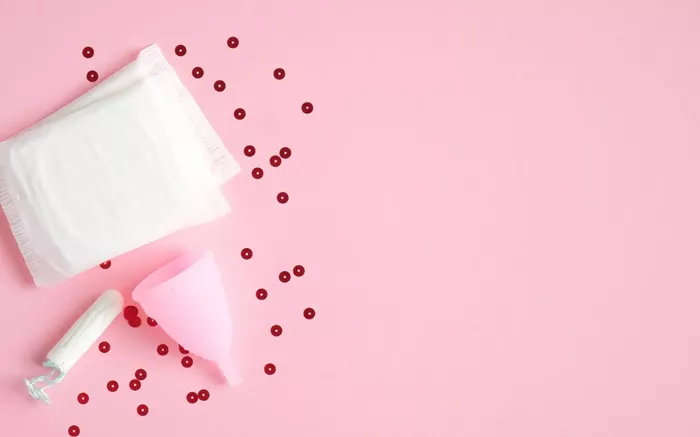A recent study revealing potentially toxic levels of metals in some store-bought tampons has sparked public concern and media scrutiny. While the study indicates the potential for toxicity rather than confirmed health risks for users, it underscores the critical issue of access to safe and suitable menstrual products. In the U.S., individuals who can afford period products enjoy a wide variety of options, from organic tampons to reusable menstrual cups. However, a staggering number of menstruators face significant barriers due to financial constraints.
Many individuals rely on makeshift solutions such as toilet paper, rags, or donated products from community organizations when they cannot afford menstrual supplies. This lack of access is not merely a personal inconvenience; it reflects a broader issue known as “period poverty,” which refers to insufficient access to menstrual products, education, and sanitation facilities.
While period poverty has long been recognized in low- and middle-income countries, attention is only recently turning to its impact within the United States. A groundbreaking 2019 study found that 64% of low-income adult women in St. Louis struggled to afford period products at least once in the past year, with 21% facing this challenge monthly. The COVID-19 pandemic exacerbated these issues, with a national survey revealing that 20% of teens reported difficulties accessing period products in 2019, rising to 23% by 2021.
Research indicates that period poverty affects individuals across various demographics but disproportionately impacts Black and Latino households. In 2021, 23% of Black respondents and 24% of Latino respondents reported challenges affording menstrual products compared to just 8% of white respondents. Furthermore, nearly half of Black and Latino students experienced difficulty concentrating in school due to a lack of access to necessary supplies.
The need for action is urgent. Surveys show that while disposable pads and tampons are commonly used—47% and 46%, respectively—many low-income women prefer specific products that may not be available through community resources. To address period poverty effectively, we must ensure that menstrual products are freely accessible in schools, shelters, food pantries, and other vital community spaces.
Some municipalities are already taking steps forward; for instance, Ann Arbor, Michigan has mandated that period products be available in all public restrooms. This progressive move recognizes menstrual hygiene as an essential need alongside basic sanitation provisions like soap and toilet paper.
Moreover, addressing period poverty requires a comprehensive approach that includes education on menstrual hygiene practices and infrastructure improvements such as safe public restrooms for those experiencing housing instability.
Period poverty is not confined by geography; it reflects deeper socioeconomic disparities prevalent in society today. It is imperative that we work collectively to ensure all menstruators have access to the products they need to manage their menstruation hygienically and with dignity.
Read more:
- Abnormal Menstrual Periods: Symptoms, Causes & Treatment
- Can Depression Cause Delayed Periods?
- Incubation Period of Shingles: What You Need to Know


